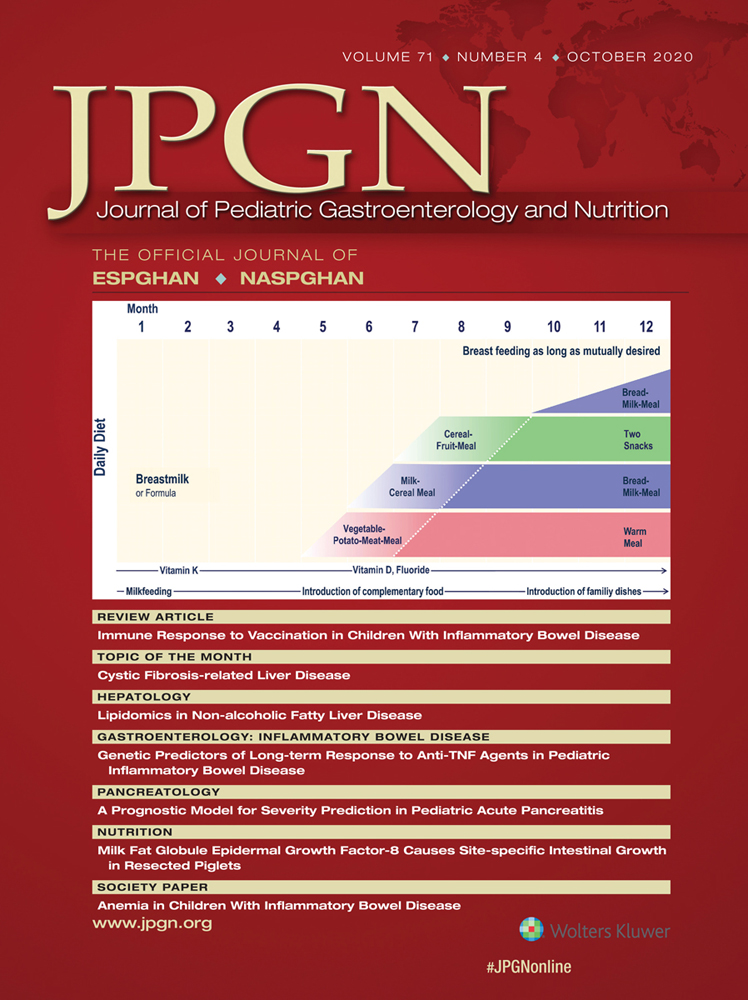Case Series
Role of Pill Esophagram to Identify Pediatric Patients With Eosinophilic Esophagitis Amenable to Therapeutic Dilation
Grant support: NIH 1K24DK100303 (G.T.F.).
Conflicts of interest: G.T.F. is co-founder of EnteroTrack. N.N., K.H., L.F., C.M.K. have no financial disclosures to report.
ABSTRACT
Eosinophilic esophagitis (EoE) is a chronic disease of the esophagus that leads to esophageal remodeling. Dysphagia is a common symptom that likely results from the inflammatory process or remodeling. Identifying patients that may benefit from dilation can be challenging because of difficulties in detecting subtle narrowing in patients with EoE. Here we report the benefits of a pill esophagram in the detection of esophageal narrowing in EoE. We identified a series of children with EoE and symptoms of dysphagia who underwent barium esophagram with a barium-coated pill to assess symptoms. Three subjects had a normal fluoroscopic esophagram but had pill retention for greater than 5 minutes. Subsequent esophagoscopy and esophageal dilation revealed mucosal rent after dilation. Subtle esophageal narrowing may not be captured with barium esophagram alone in children with EoE and dysphagia. Use of the barium pill in symptomatic patients can assist in identifying patients who may benefit from esophageal dilation.




